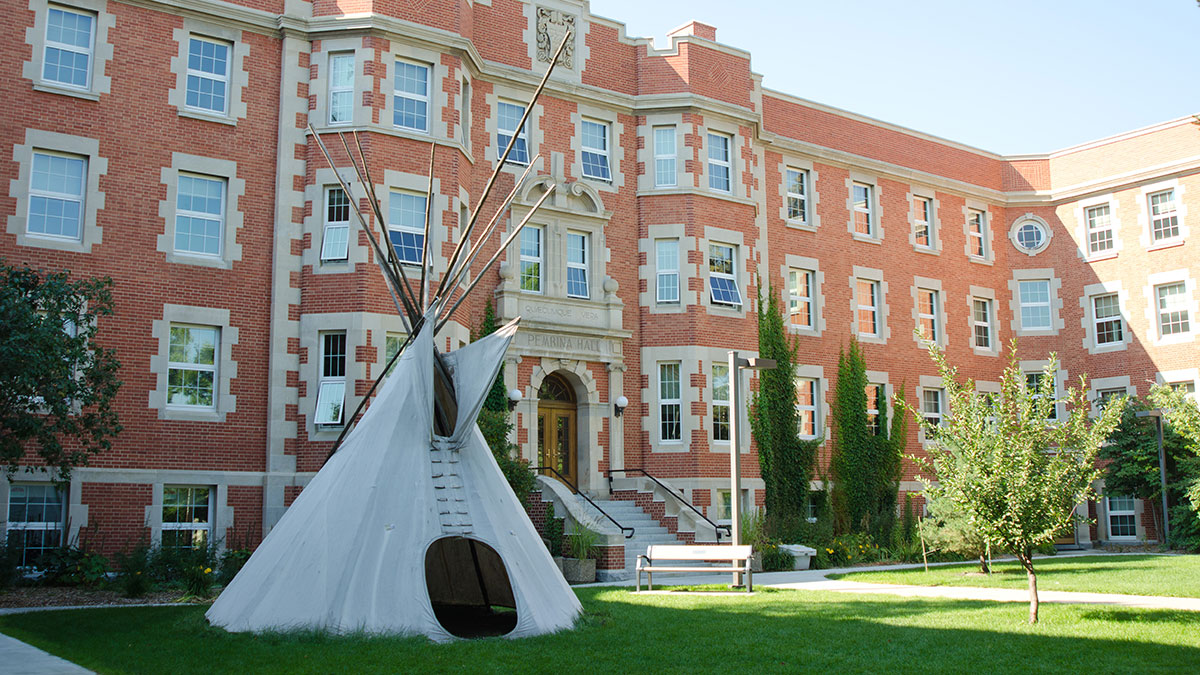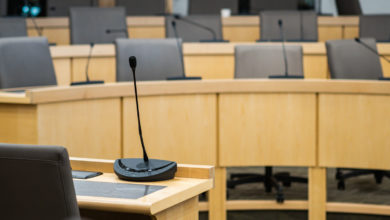Professors comment on indigenous education and UN International Day of the World’s Indigenous People
 Randy Savoie
Randy SavoieAlberta celebrated the United Nations International Day of the World’s Indigenous People earlier this week, which focused on the indigenous right to education. While the campaigns are useful in opening doors to the public for education, experts from the U of A note that public awareness and indigenous education have limitations.
The UN International Day of World’s Indigenous People on August 9 and other awareness campaigns are useful in providing a base for communicating indigenous issues and for holding governments accountable to their commitments to reconciliation, Adam Gaudry, Assistant Professor of Native Studies and Political Science, said. But in Canada, most people are now familiar with pressing issues of indigenous peoples.
“(Public awareness campaigns) can be an important entry point to these discussions, but at some point we need a deeper conversation,” he added.
Gaudry added that awareness campaigns usually convey charity narratives that reinforce power relations between indigenous groups and colonial states. When awareness campaigns discuss indigenous political independence in Canada, they usually assume that these indigenous groups must exist within Canadian policies rather than as separate nations, Gaudry explained.
This year, the UN highlighted that Article 14 of the UN’s Declaration on the Rights of Indigenous Peoples states indigenous peoples have the right to their own educational systems in their own languages, and cultural methods of teaching and learning. But Gaudry noted that the declaration has limitations: Article 46 states that nothing in the declaration should disrupt territorial integrity or political unity of sovereign and independent States.
“Whatever happens, (the underlying assumption is that) Canada and its political sovereignty should remain intact, despite the fact that it has repeatedly infringed on indigenous sovereignty,” Gaudry said. “Very often those kinds of things go unstated.”
Despite the challenges facing public awareness, indigenous education is improving, Jonathan Anuik, Assistant Professor of Educational Policy Studies, said. From the 1820s to the late 1960s, education of indigenous peoples was church-dominated. In the late 1960s to the 1990s, tribal colleges were founded to educate indigenous students, and native studies departments in universities grew. Now, since 2000, the goals of Canadian post-secondary and K-12 education have been to bring indigenous teaching philosophies into all classrooms, Anuik said.
Anuik added that school systems have been good at adapting to indigenous initiatives, but are still trying to work indigenous philosophies into education. Western education values of rationalist science still take precedence over the values of researchers working with indigenous scientific methods.
“What I find that’s not happening … is bringing indigenous knowledge into courses and topics that are not thought to be of indigenous orientation,” Anuik explained.
It’s good that the U of A has committed to creating a space for indigenous education — the Maskwa House of Learning — but all spaces on campus should reflect indigenous culture, Anuik said. Childhood development classes, which Anuik teaches, can include course components about indigenous understandings of what childhood is. Science and engineering councils can fund more research projects for indigenous students.
Despite the challenges, Anuik said he is very optimistic that more indigenous teachings will be integrated into future classrooms.
“In the next generation, we’ll be doing a lot more,” he said. “We’ll be tackling racism with a lot more (strength). I think we’re going to see good things coming.”




